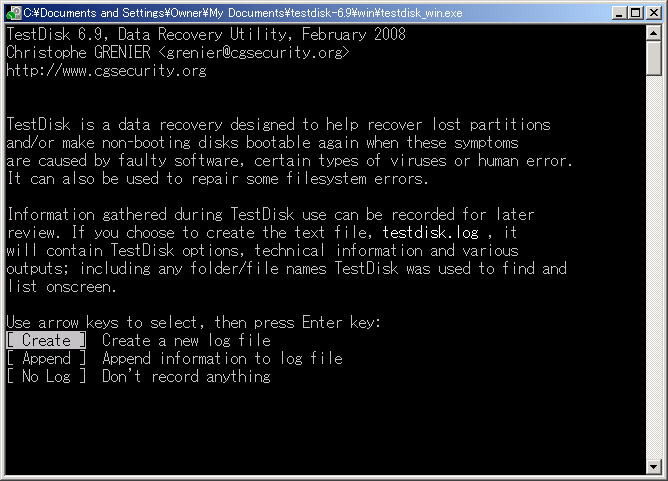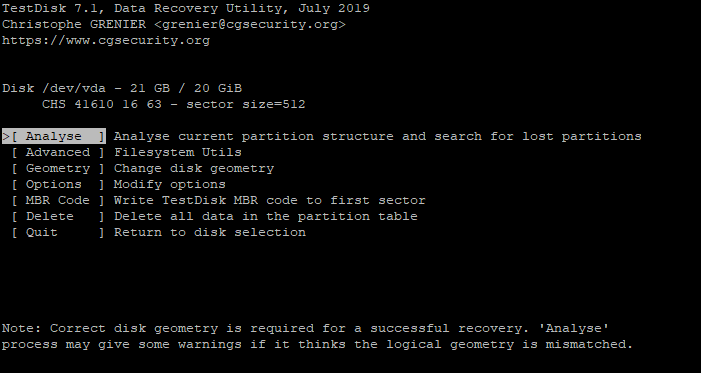
Supported file systems: Ext2/Ext3/Ext4 FS (Linux) only. Windows variant: Win2000, XP, 2003, Vista, Windows 7, Windows 8.Linux variant: Linux, kernel 2.6 and above.Standard "Windows Explorer" - style interface. This is especially useful when new bad sectors are constantly appearing on the disk, and the remaining information must be immediately saved. In this case, R-Linux can first copy the entire disk or its part into an image file and then process the image file. In this case, R-Linux can scan the disk trying to find previously existing partitions and restore files from found partitions. When the partition structure on a disk was changed or damaged.After the partition with the files was reformatted, damaged, or deleted.Removed by virus attack, power failure, or system crash.However, unlike R-Studio, R-Linux cannot recoverĭata over a network or reconstruct RAIDs, or provide object copy. Settings to provide the fastest and most reliable file recovery for Same InteligentScan technology as R-Studio, and flexible parameter R-Linux is a free file recovery utility for the Ext2/Ext3/Ext4 FSįile system used in the Linux OS and several Unixes. I saved mine and my friends behind many times before. I worked at a company where they used the commercial version, 9/10 times it recovers everything you want. R-Linux(Recovery studio) is one of the best. that is a lower case L in the -l option.I did the mount command first to figure out what device ( /dev/sda7) I need to pass to extundelete (output is truncated for brevity).You obviously need to replace /home with your mount of interest that example is for me prepping my /home mount for use with extundelete.The trick to getting around this is to do a 'lazy' unmount: $ mount

you were likely working in your home directory, and a zillion processes are hooked into your home directory, so good luck with that.

To clear this 'properly' requires shutting down all processes accessing the file system. you'll often get the ' device is busy' message.

Unmounting the drive on a live system can be tricky. Note: extundelete requires you to unmount your drive to work properly (this is a good idea to do ASAP anyway, to avoid potentially overwriting the hopefully-recoverable bytes in the deleted files). Extundelete is really great if your file system is ext3 or ext4.


 0 kommentar(er)
0 kommentar(er)
